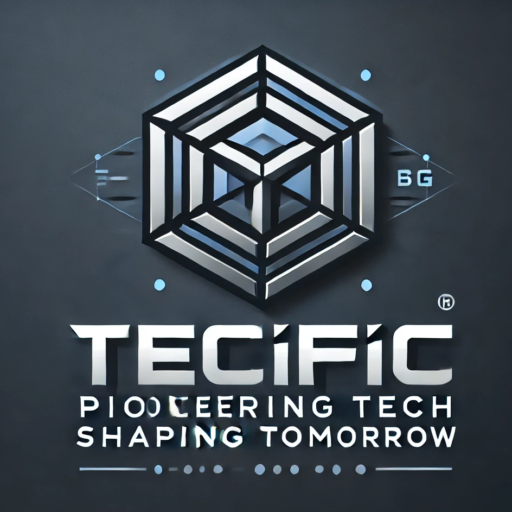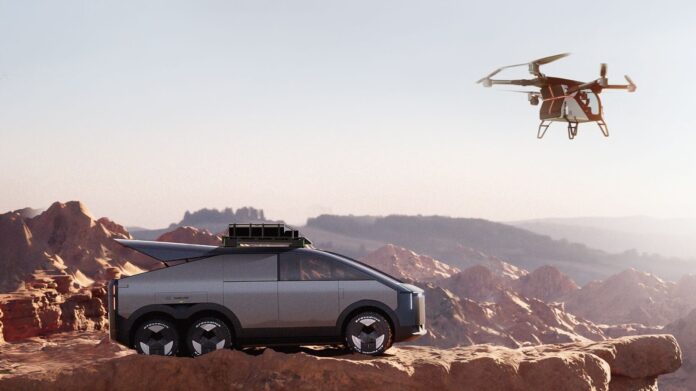Introduction XPeng Motors, XPeng drone technology, known for innovation in electric vehicles (EVs), is pioneering autonomous aerial technology with its ambitious drone projects. The company’s advancements position it as a key player in the future of urban air mobility, promising a seamless blend of automotive and aeronautics. In this article, we delve into the cutting-edge technology behind XPeng’s drones, which could soon revolutionize transportation.
What is XPeng Drone Technology? XPeng’s drone development, often represented by its subsidiary XPeng Huitian, focuses on creating flying vehicles that bridge the gap between road and air transportation. These drones, designed for passenger travel, leverage XPeng’s core strengths in EVs and artificial intelligence (AI) to push the boundaries of autonomous flying technology.
How Does XPeng’s Drone Technology Work?
- Electric Propulsion Systems: XPeng’s drones are fully electric, utilizing advanced battery technology for sustainable air travel. This electric propulsion system reduces emissions and operating costs while ensuring quiet operation, making it ideal for urban settings.
- Advanced AI and Autonomy: XPeng’s AI algorithms empower its drones with autonomous flying capabilities. Equipped with a combination of sensors, cameras, and LiDAR, the drones can detect obstacles, map environments, and plan optimal flight paths in real-time, ensuring safe and efficient travel.
- Vertical Take-Off and Landing (VTOL): XPeng’s drones use VTOL technology, allowing them to take off and land vertically. This feature is essential for urban environments, as it enables the drone to operate in limited spaces without traditional runways.
- Lightweight Composite Materials: Constructed from lightweight, durable materials, XPeng’s drones maximize efficiency without sacrificing strength. These materials ensure the drone’s structural integrity while optimizing battery life and reducing weight.
Unique Features of XPeng Drones
- Passenger-Centric Design: Unlike traditional drones, XPeng’s models are designed with passenger comfort in mind, featuring enclosed cabins with panoramic views.
- Low-Noise Operations: Thanks to electric propulsion and optimized rotors, XPeng’s drones maintain low noise levels, a critical factor for urban adoption.
- High Safety Standards: XPeng has integrated multiple redundancies into the drone’s design, including backup batteries and dual-navigation systems, to ensure passenger safety under all conditions.
Future Prospects and Impact on Urban Transportation XPeng’s drones promise to alleviate traffic congestion by opening up the skies for personal and public transportation. As XPeng continues to test and refine its models, they are setting the stage for a new era in urban mobility, potentially reducing commute times and expanding urban access.
Conclusion XPeng’s drone technology represents a significant leap toward a future where aerial mobility is part of daily life. With innovations in electric propulsion, AI, and VTOL, XPeng stands ready to transform urban transportation. As regulatory approvals progress, XPeng’s drones could soon become a mainstream travel option, combining efficiency, sustainability, and futuristic appeal.




